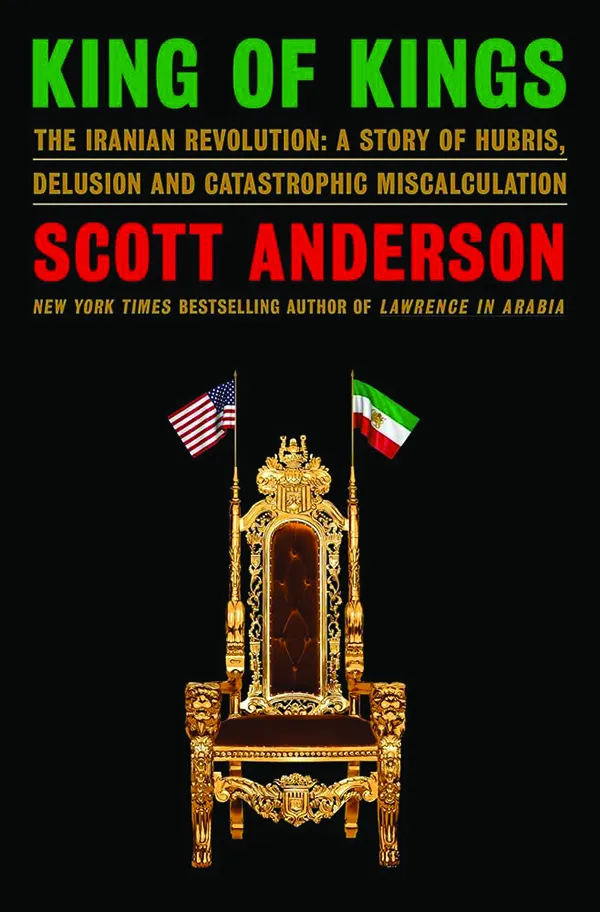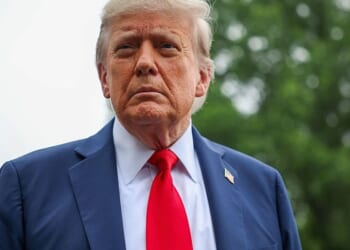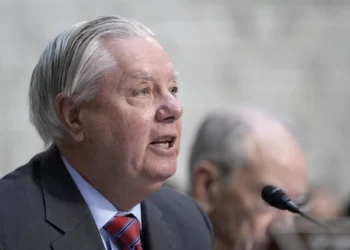In October 1971, approximately 2,500 years after Cyrus the Great founded the Persian Empire, the man who would become its final king laid a wreath at his tomb in Pasargadae. Before a large crowd of international dignitaries, the Shah took to a nearby lectern, standing ramrod straight in his military uniform, and delivered a solemn address. In nasal Farsi, he proclaimed, “After 25 centuries, today, as in your glorious times, the imperial flag of Iran is victoriously raised.”
The Pasargadae ceremony marked the opening salvo of an elaborate spectacle, meant to serve two key aims of the Iranian state: heralding Iran’s return to the ranks of world powers and providing a much-needed symbol of legitimacy for the nascent Pahlavi dynasty. The main event was a party on the outskirts of Persepolis where some 600 foreign dignitaries gathered in a lavish prefab tent city.
The Guinness Book of World Records would later describe this as the most extravagant party in history. No expense was spared: guests dined on “quail eggs stuffed with silver caviar, saddle of lamb and roasted peacock filled with foie gras.” The final price tag was estimated to be around $20 million. Yet today, the Shah’s grand party is remembered for little more than its historical irony. By the end of the decade, the Iranian monarchy had been overthrown by a combination of Islamic fundamentalism and popular discontent, and the Pahlavis were driven into permanent exile.

In his new history of Iran’s descent into the Islamic Revolution, King of Kings: The Iranian Revolution: A Story of Hubris, Delusion and Catastrophic Miscalculation, Scott Anderson provides a vibrant account of how the revolution took almost everybody by surprise, and elegantly captures the old regime it put to rest.
Shah Mohammed Reza Pahlavi was unceremoniously placed upon the Peacock Throne in 1941 after the British and Soviet armies ousted his father, Reza Khan, for his perceived closeness to Hitler’s Germany. In 1953, a CIA-backed coup placed him at the center of Iranian political life for the first time since his father’s exile.
By conventional measures, his reign was a triumph. GDP growth exploded in line with the world’s increased demand for oil. In 1972, a deal with the Nixon administration cemented Iran as one of America’s critical allies, tasked with upholding U.S. interests in the Gulf and as far afield as Yemen and Central Africa. By 1975, the Shah had the fifth-largest military in the world at his disposal.
Meanwhile, Iran’s internal security forces had decapitated the regime’s main political threat: “So shattered was Iran’s revolutionary left by then that, according to several renegade [secret police] officers, the agency occasionally concocted ‘communist attacks’ to justify its own existence.” They had also marginalized a smaller revolutionary faction of archconservatives, led by the dissident Ayatollah Khomeini, whose agitation against the Shah and his liberal reforms had forced him into exile in Iraq in 1965. From the vantage of Persepolis, there were few who might have predicted the Shah’s imminent downfall — least of all the Americans or the Mullahs themselves.
The grandeur of life in the imperial court masked society’s growing discontent. The oil boom had been a gold rush for Iran’s upper and middle classes. But for the unemployed young men from the countryside who’d flocked to the slums of south Tehran (“a sea of shacks”), life was very difficult. As Anderson writes, “the sudden infusion of so much money was causing havoc in almost every sphere of Iranian life.”
Iran’s breakneck development was an exceedingly corrupt affair: “Millions vanished into the pockets of ministers and generals, while billions were wasted on development schemes of no discernible purpose.” It was also carried out with remarkable negligence: “So many goods piled up at Iran’s ports that much of them simply rotted or rusted in warehouses, with neither the trucks nor the highways or railroads to get the materials to where they needed to go.”
Amid the fraud and waste, there was a shocking antipathy for the urban masses. Thanks to “a government program of subsidizing food imports for its urban populations,” which was rapidly “spurring the collapse of the nation’s agricultural base,” millions of dispossessed people from the countryside found themselves in the cities with little hope for the future. After all, life in the cities was growing increasingly expensive. “All the new factories and public works projects under way in Iran’s cities had spurred such a severe housing shortage that a Tehrani professional might easily spend 75 percent of his or her income on rent.” It was under these circumstances that traditional Shi’a Islam began to merge with a newer strain of populist discontent to form a united front against the Shah. Few took notice. The American consensus was, as one 1977 CIA report put it, that “There will be no radical change in Iranian political behavior in the near future.”
There were, however, signs to the contrary. In 1977, a young State Department visa officer named Michael Metrinko arrived at the U.S. Embassy in Tehran. Fluent in Farsi, a rarity at the Tehran Embassy, he noticed that Iranian elites were moving their wealth out of the country en masse. “This place is about to explode,” one source told him. But after writing several memos on his findings back to Washington, Metrinko was reprimanded by Ambassador William Sullivan and Deputy Chief of Mission Jack Miklos for contradicting their sunny narrative. He was relegated to an empty consulate in Tabriz, where, on Feb. 18, 1978, he bore witness to a major uprising. Days later, a CIA officer visited from Tehran station, unaware that the unrest had occurred despite it dominating the local and national news.
That the United States was later caught off guard when revolution overwhelmed its strongest Middle Eastern ally ultimately comes as little surprise. The seeming unseriousness of U.S. policymakers endured to the end. As late as Jan. 3, 1979, it was still conceivable for President Jimmy Carter to posit that “a genuinely non-aligned Iran would not be a U.S. setback.” When Khomeini returned to Tehran on Feb. 1, after nearly two decades of exile, nobody from the U.S. Embassy even bothered to venture down to the Behsht-e-Zahra cemetery to hear his first remarks, easily the most significant political speech Iran had seen in a generation.
THE CURDLING OF CALIFORNIA AND GAVIN’S PARTY
Anderson’s King of Kings arrives at a time when the long-term consequences of the Iranian Revolution are especially apparent. Through rigorous historical research and an extraordinary set of interviews with figures such as Queen Farah Pahlavi, NSC adviser Gary Sick, and State Department officer Michael Metrinko, Anderson sheds new light on the combined failure of both Iranian and American elites to preempt the revolution, or even to acknowledge the core dysfunctions that made revolutionary circumstances possible. The costs of this failure to the U.S. remain difficult to measure. The cost to Iran may prove to be higher still.
Who, ultimately, is to blame for one of the great geopolitical blunders of history? Anderson provides his readers with ample evidence to render their own verdict.
Carson Becker is an American writer.















